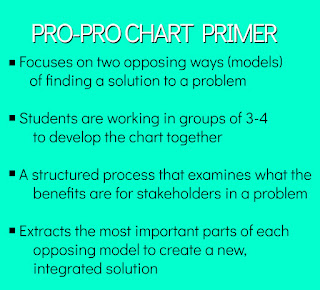Challenging our Current Learning Environments
Amanda Williams-Yeagers wrote a guest blog for us early this month. She is also leading the HDSB Empower Book Talk. We’ve enjoy learning with her every Thursday night so much, we asked her to share her thoughts on learning environments and why the classroom landscape needs to change.
I recently held a community circle with a grade seven science class. The students were feeling stressed about looming deadlines and tests, and I wanted to give them a forum to get things off their chest and discuss strategies for coping with management of the feelings they were having. After a few referenced that this was “Good preparation for high school,” I decided to change the dialogue. I asked them,
“If they could change anything about their current school system and the way that they learned, what would they change?”
Some students talked about wanting more opportunities for hands on experiences and less tests, some talked about wanting more opportunities for creativity and less memorization, and one in particular, directed me to Prince Ea’s video, "I Just Sued the School System." Curious to learn more, we watched this video as class. The video references the fact that modern technologies such as the telephone and the car have changed drastically over the last one hundred and fifty years, and yet, the school system remains the same. After watching together, I asked them what spoke to them the most about the video. Their feelings and responses were explicitly clear.
Students want to learn in an environment that feels like “home.” When students feel like they begin with trust rather than having to earn it, they feel more like their teacher believes in them. The students I spoke to told me that when they enter a classroom that has uncomfortable and “sterile” seating, they feel like they are part of “factory” referenced in the video. They are shipped in, and shipped out, which is why they prefer to work in the library learning commons. Creating spaces where students feel comfortable, where they feel like they can branch out, productively communicate and collaborate with their peers, and feel “cozy” sets the stage for a community of learners who want to be at school.
 | |
A grade five portable that feels like “home” to students.
|
~ Amanda Williams-Yeagers



Comments
Post a Comment